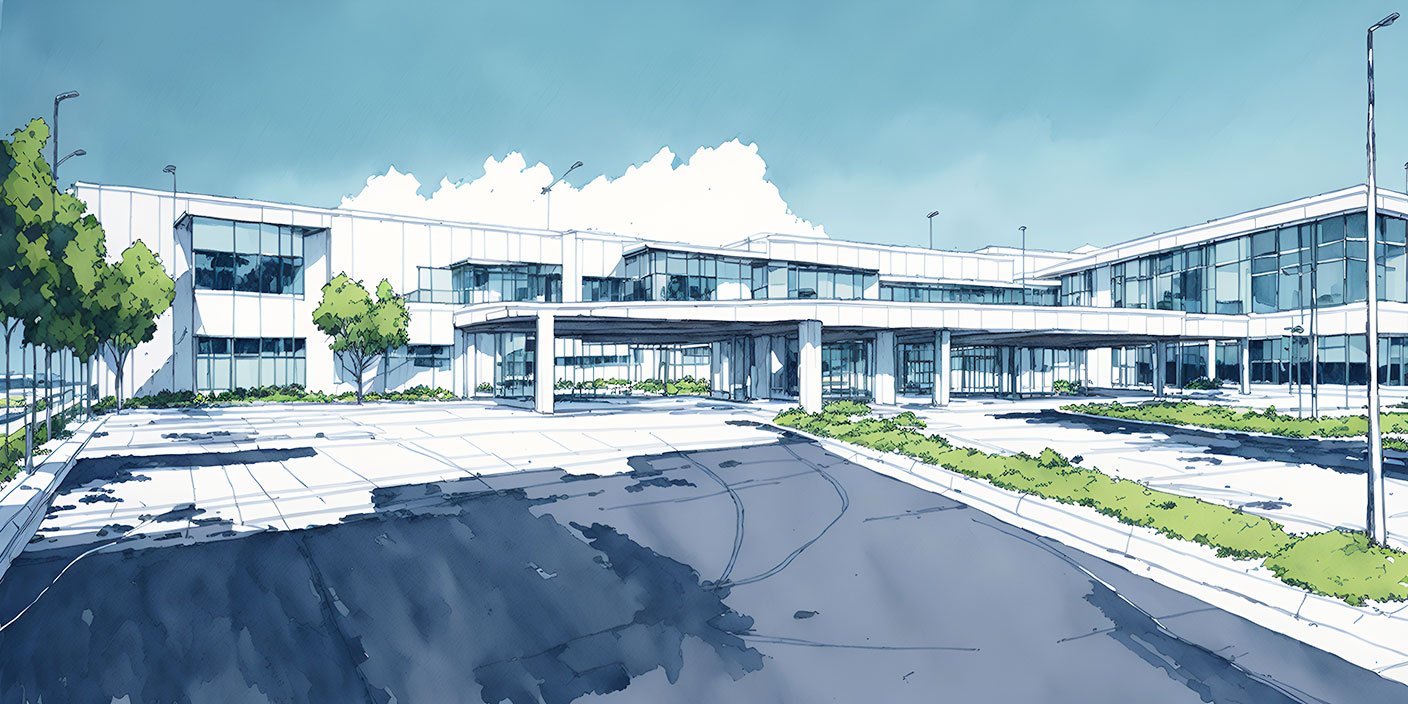Aid Displaced People in Returning Home Country
When war or conflict occurs in a country, millions may be forced to leave their homes and become displaced. Among these individuals are often children forced to flee with their families or become separated. These displaced children face numerous challenges when it comes to accessing education. For example, they may not have access to safe schools, textbooks, or other necessary learning resources. They may also be dealing with trauma and mental health issues related to their experiences of conflict, which can affect their ability to focus and learn. Additionally, they may face discrimination or exclusion in the education system of the host country they are living in.
All of these challenges can significantly impact the education of displaced children. Studies have shown that only a tiny fraction of refugee children worldwide are enrolled in schools, and many of those who are enrolled need more support to succeed academically. This lack of access to education can have long-lasting consequences for displaced children. They may need education to find employment or achieve their full potential. The implications of this can affect entire communities for generations, perpetuating a cycle of poverty and inequality. Therefore, governments and international organizations need to prioritize the education of displaced children during conflict. Children who have been displaced need access to safe schools and quality learning resources, as well as support to overcome trauma and other challenges.
There are several ways in which displaced children and youth can get the opportunities they deserve:
Access to Education: Displaced children and youth need safe and quality education. Governments and international organizations can provide funding for schools in refugee camps. They can also support local schools to accommodate refugee students and provide scholarships and educational grants to refugees and displaced persons.
Psycho-social support: Many children and youth displaced due to war and conflict have experienced trauma and may suffer from mental health issues. Providing them with psycho-social support can help them cope with the effects of trauma and stress, enabling them to focus better on their education.
Vocational Training and Job Opportunities: Many young people who have been displaced miss out on opportunities to acquire vocational and job-related skills. Offering vocational training programs or apprenticeships can equip them with the skillfulness they need to ensure employment chances.
Advocacy and Awareness Raising: There is a need to raise awareness about the challenges displaced children and youth face. Advocacy efforts can encourage governments and international organizations to prioritize education for displaced children and youth.
Collaboration: Collaboration between governments, non-governmental organizations, and international organizations is necessary to provide comprehensive support to displaced children and youth. Through the partnership, it is possible to address their many challenges and provide them with the opportunities they deserve.
By addressing the education and broader needs of displaced children and youth, we can help ensure they have the opportunities to build a better future for themselves and their communities. Returning home after being displaced due to war or conflict can be complex and challenging. Here are some measures that can be taken to support the return of displaced people to their home country:
Security: The first step in the return process is to ensure that the security situation in the home country is stable. This aims to ensure that returning citizens are not in immediate danger. The international community can work with national governments to establish security arrangements and provide security guarantees to ensure the safety of returning people.
Infrastructure: The second step is to ensure that the basic infrastructure is in place to support the return of displaced people. This includes access to essential services such as water, sanitation, and healthcare. The international community can support infrastructure rehabilitation
by providing funding and technical assistance.
Housing: The third step is to provide housing for returning people. The international community or national governments can support new housing construction and rehabilitation of existing homes.
Livelihoods: The fourth step is to ensure that returning people have the means to support themselves and their families. The international community can support the creation of jobs and livelihoods by funding small businesses and agricultural projects.
Reconciliation: The fifth step is to promote reconciliation between different groups within the home country. The international community or national government can support reconciliation by funding community dialogue and peacebuilding initiatives.
The international community’s role in supporting the return of displaced people to their home country is critical. The international community can provide financial assistance, technical expertise, and advocacy support to national governments and local communities to support the return process. The international community can also monitor the return process to ensure that the rights of returning people are respected and protected. By working collaboratively with national governments and local communities, the international community can help displaced people to return to their home countries and rebuild their lives.




